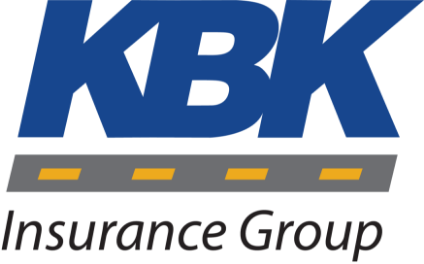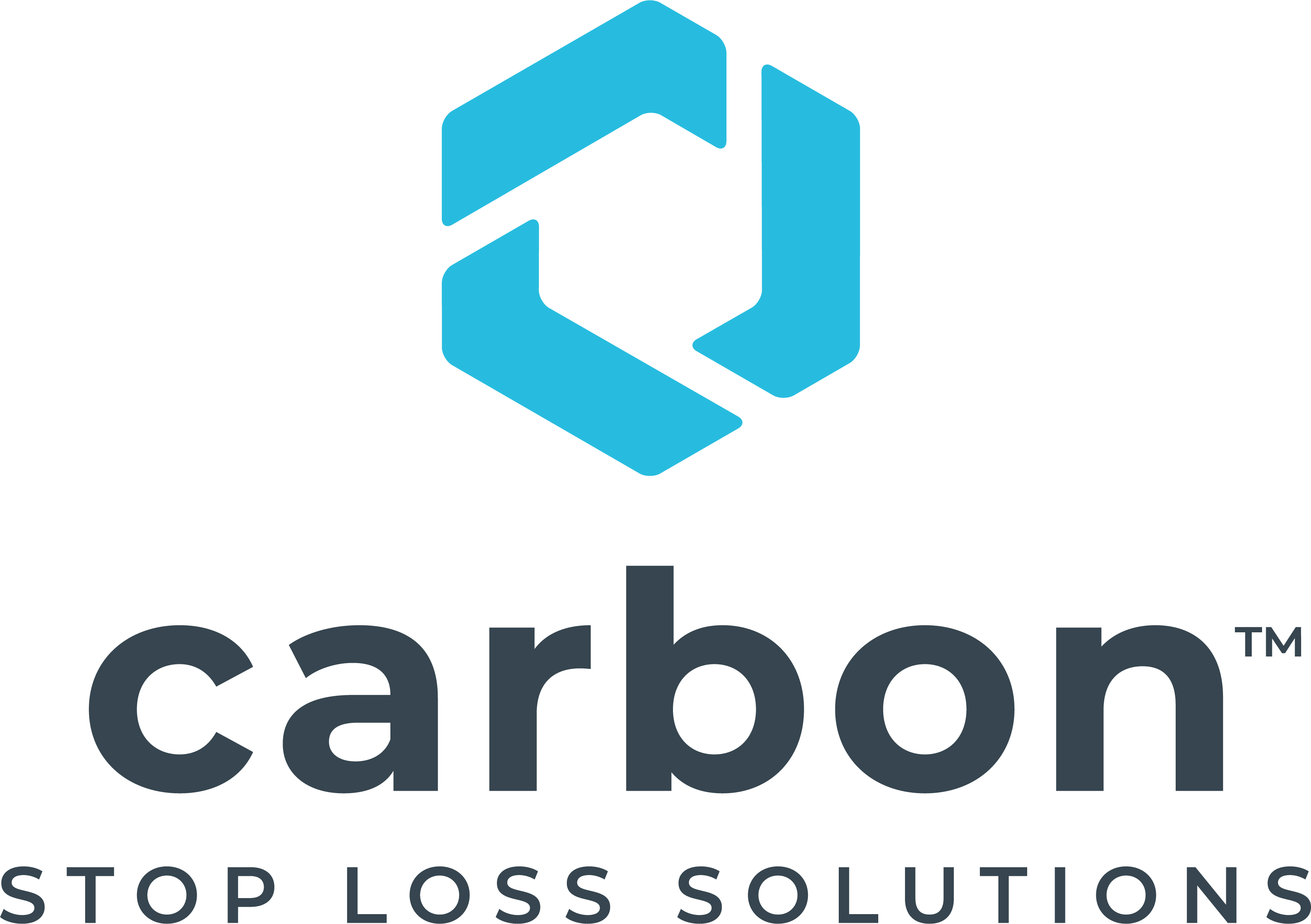Keep It Together: 3 Key Stages of the Claims Reporting Process

By Chris Hale, CPS Program Director
While your clients may purchase insurance hoping they never need it, they certainly have high expectations once something happens. The thought of filing a claim is likely unfamiliar and daunting for them, however, they may feel better about starting a claim if they know what comes next and knowing they are not going at it alone.
To give insureds confidence in the event of a claim, agents should educate them on the three critical stages of the reporting process, including their obligations to them as their agent.
Pre-Work: Collect and Preserve Evidence
The first step may seem obvious, but you might be surprised at how many insureds rush straight to reporting the claim without assembling any necessary evidence, or even remembering their agent exists for this very purpose.
The importance of honest and complete information is extremely relevant given the principle of Uberrimae fidei, Latin for “in utmost good faith,” that is the cornerstone of all insurance policies. This involves the declaration of all pertinent facts on the part of both contracting parties, including everything from police reports to surveillance video, or witness names to receipts of items purchased to mitigate further loss.
Once a loss occurs, it’s important that insureds balance taking reasonable steps to mitigate and resolve known damages with not making any changes to items that will need to be inspected by the insurance carrier such as vehicles, products, machinery, pipes and parts. If surveillance video in or around the area where the incident occurred is available, insureds must act quickly to submit a request to that entity to preserve the video and request copies as companies are often quick to record over and/or delete footage after a short period of time if no request is received.
At the end of the day, the more documentation and evidence an insured can provide, the more you, the agent, can help them.
Go Time: Submit the Claim
Once the insured has provided you with necessary documentation and evidence, the onus is on the agent to file the actual claim. It’s standard practice with most bound insurance policies for there to be a claims reporting instructions document that outlines how the agent can report a claim. When completing a loss notice, agents should confirm that the insured name, policy number, and the location and date of the incident is included. Too often, claims are misdirected which delays the process further, so it’s absolutely a client retention tool to triple check for these pertinent details.
It is often best practice to share thoughts or opinions (such as who was at fault) about the incident over the phone with the adjuster rather than sending in an email or within the loss notice. The reasoning for this is when you put something in writing, it becomes discoverable and potentially admissible if the claim ends up in litigation.
Post-Submission: Manage and Follow-Up
Reporting a claim may be one of the most pivotal moments in the process, but your job is not done. Once an adjuster is assigned, the adjuster will call for your help with the handling of the claim. It is expected that there will be continuous follow-ups until the claim is under control. This is not something that clients should be discouraged by. If additional paperwork is received on a claim, such as lawsuit papers or correspondence from an attorney, these need to be provided to the adjuster as quickly as possible.
Remember, claims being open for too long could fall into renewal periods and that can put the account at risk. The best claim is a closed claim and cooperating with the investigation and providing the carrier/third party administrator with as much information as possible will help achieve the best possible outcome.
As any seasoned insurance agent knows, making a claim is the biggest pain point for insureds, yet simultaneously the biggest opportunity for you to win lifelong clients. Ultimately, your clients need to buy into and believe in the process — and trust you as their champion — for it to succeed.












